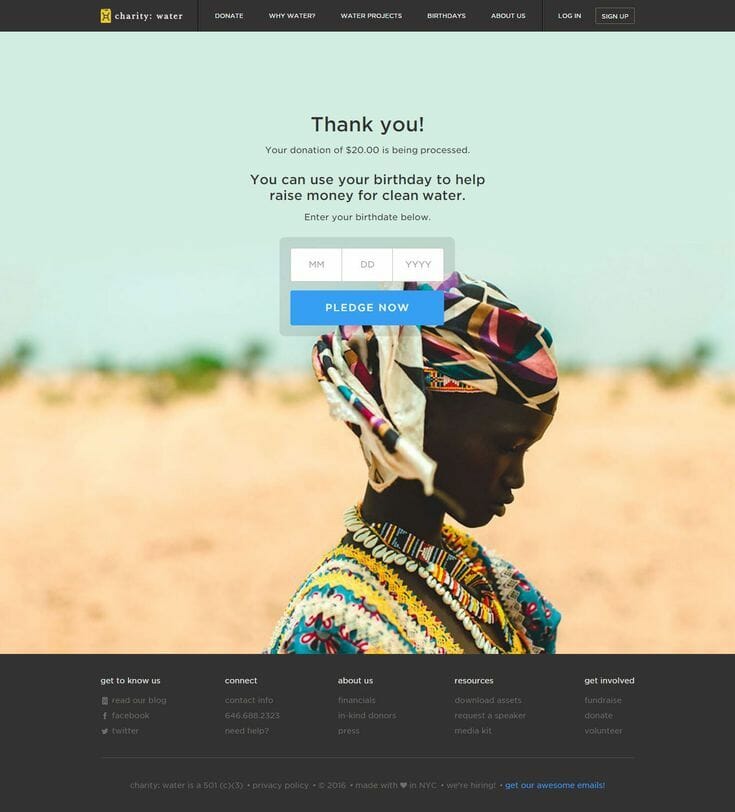 One of the seven reasons your nonprofit is not raising as much money as you want is that you’re not making those appeal letters personal.
One of the seven reasons your nonprofit is not raising as much money as you want is that you’re not making those appeal letters personal.
Making it personal means more than sending out a mass mailing that calls donors by their names. If you’re not doing that already, please start! “Dear Friend” letters are the clearest signal that the person receiving the letter is not really your friend.
But mail merge is old hat. It doesn’t make anyone feel that you, the nonprofit, know anything about them, the donor. There are better ways to tell the donor “You’re my hero.”
Make It Personal by Sending the Right Letter
The donor wants you to know whether or not they have ever given before. If you don’t know that, you don’t know them. If you don’t know them, why should they give?
Send a different letter to previous donors than people you're asking to give for the first time. Share on XSimple, right? But in my personal experience, nine out of ten appeal letters used exactly the same language to me that they would use to someone who had never given them a penny!
Fix this by segmenting your list, writing different letters to prospects, lapsed donors, and renewing donors, and acknowledging the date and amount of the previous gift.
Make It Personal by Talking about MY Issues
Let’s say you run a community center. I came to an event where you highlighted your youth programs, and I was so impressed that I donated on the spot.
At the end of the year, you sent me an appeal letter, and it talked all about your Meals on Wheels program for seniors. It said nothing about youth.
What are the chances you’re going to get a donation from me again? Slim and none.
Appeal to people based on the things you do that actually appeal to THEM. Share on XWith a good database, you should have no trouble keeping track of my giving history and my attendance at events. With the right tools, you can even tell which of your emails I opened, showing what topics I was interested in. (And you can tell a lot about me just by listening.)
Write Me a Personal Note
It used to be a no-brainer for Executive Directors, Development Directors, or Board members who knew the donor to write a personal note on appeal letters.
People, we are going in the wrong direction on this! 90 out of 106 letters arrived in my mailbox with no personal touches whatever–even when my wife and I have known the person sending the letter for many years.
Fix this by composing your appeals long enough in advance to add those personal notes…and doing so. It will pay you back in donations, this year and for many years to come.


